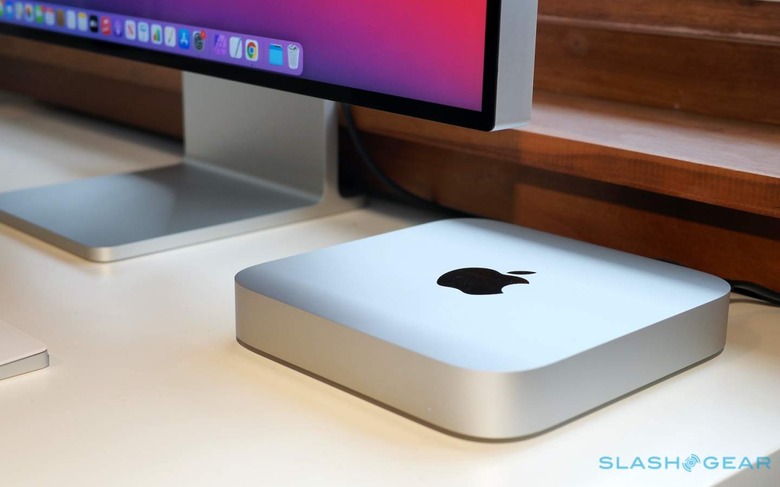Mac Pro tipped To Give Apple Silicon Switch Its Big Finale - With A Catch
Apple's two year Apple Silicon transition will be down to the wire, according to new leaks, with the most hotly-anticipated new Mac models potentially closing out the Cupertino firm's switchover from Intel. Begun in November 2020, the complete platform overhaul saw Apple undertake its biggest Mac evolution since the changeover from PowerPC.
Gone would be Intel's processors in the Mac range and, in their place, a set of custom chipsets designed by Apple and built using the same technology as it already depends upon for its iPhone and iPad ranges. Not only would Apple Silicon be faster and more efficient than Intel CPUs, the company promised, it would complete the transition in an aggressive two years.
Signs that the first half of that commitment were realistic came when the first M1-based MacBook Air and Mac mini launched, promptly out-performing – and, in the case of the laptop, out-lasting – their Intel predecessors. The 24-inch iMac released earlier this year continued that trend, though rumors of more potent versions of the Apple M-series have persisted. They, it was widely predicted, would arrive later on in the transition period.

With a November 2022 deadline if Apple is to stick to its original roadmap, two big uncertainties have been the new Apple Silicon Mac Pro and the new MacBook Pro 16-inch. Each have traditionally used Intel's most potent chips, and the significant question was whether Apple Silicon could exceed that performance and, if so, with what sort of CPU and GPU count onboard.
According to Bloomberg's Mark Gurman, Apple should still be able to make the November 2022 window, but only "barely" according to his latest newsletter. He predicts that Apple will be pushing the high-end models toward the end of the period.
That will apparently include the new Mac Pro, which could use 20- and 40-core Apple Silicon chips. It will be significantly smaller than the current Mac Pro, if the rumors are to be believed, though won't arrive until late next year. Apple will bridge the gap, it's expected, with a final version of the Mac Pro using Intel chips.

Earlier leaks had indicated Apple could use Intel's Xeon W-3300 processors for that, as it works on its own replacements. Outwardly, the changes are expected to be minimal if any. The company had said from the outset that it would still have new Intel models through the transition.
As for the MacBook Pro 16-inch, that's expected to use the Apple M1X chipset, a more potent version of the current M1. That's still on track for the "coming months" according to Gurman, with an updated version of the Mac mini coming after that.
If this all pans out, it'll be quite the achievement for Apple overall. Architecture changes of this scale are rare, and to do so in the midst of a silicon shortage and a pandemic adds extra levels of challenge to the situation. Other recent rumors have suggested that Apple may be working on a new display, potentially more affordable than the current Pro Display XDR, with an integrated Apple A-series chipset.
